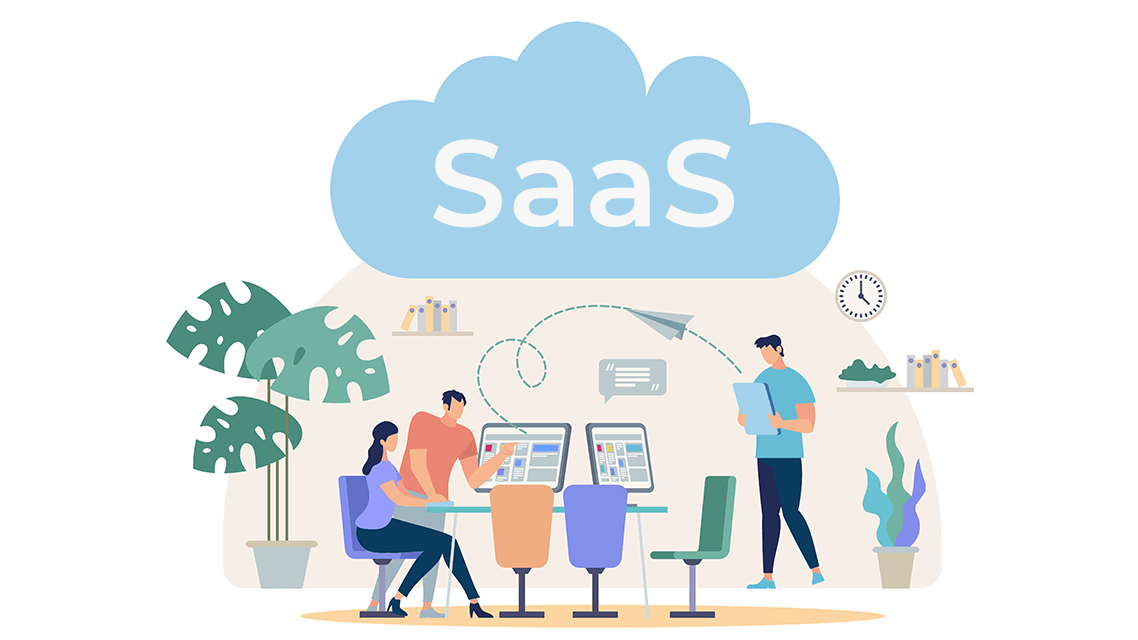In recent years, Software as a Service (SaaS) has revolutionized the way businesses operate. Aspiring entrepreneurs are increasingly drawn to the prospect of launching their own SaaS ventures. In this comprehensive guide, we’ll explore the vital steps involved in starting, scaling, and managing a successful SaaS business.
Generating Your SaaS Idea:
The first crucial step in starting a SaaS business is identifying a niche problem or market gap. Thorough market research is essential, helping you validate your idea and assess its demand. Factors such as target audience, competition analysis, scalability, automation opportunities, pricing strategies, and integration possibilities play a pivotal role in shaping your SaaS concept.
Planning Your SaaS Product:
Once you’ve pinpointed your idea, defining your SaaS product’s core features and pricing model becomes imperative. A well-thought-out value proposition, intuitive user experience, and a suitable pricing strategy aligned with the value you offer are key elements. Additionally, choosing the right technology stack ensures your product is scalable, secure, and compatible with essential integrations.
Building Your SaaS Product:
Utilizing a SaaS boilerplate can expedite your development process. Building a Minimum Viable Product (MVP) allows you to test your concept, gather feedback, and refine your product based on user insights. Thorough testing and validation are essential before the product launch.
Launching Your SaaS Product:
Creating an impactful launch strategy is crucial. A compelling landing page, pre-launch email list, and strategic marketing efforts are vital components. Harnessing the power of social media, content marketing, paid advertising, influencer partnerships, and email marketing can maximize your product’s reach and visibility.
Scaling Your SaaS Business:
Scaling a SaaS business involves developing a growth strategy backed by key performance indicators (KPIs). Monitoring metrics like Monthly Recurring Revenue (MRR), Customer Acquisition Cost (CAC), Customer Lifetime Value (CLTV), churn rate, and user engagement helps in data-driven decision-making. Focus on customer acquisition, retention strategies, and expanding your product offerings to new markets.
Managing Your SaaS Business:
Effective financial management, hiring and nurturing a talented team, and continuously monitoring customer satisfaction are vital aspects of managing a SaaS business. Leveraging accounting software, hiring industry-experienced professionals, and implementing customer feedback loops contribute to a well-rounded management approach.
Embark on your SaaS journey armed with these insights, and pave the way for a thriving software business. Stay tuned for more expert tips on mastering the world of SaaS entrepreneurship.



